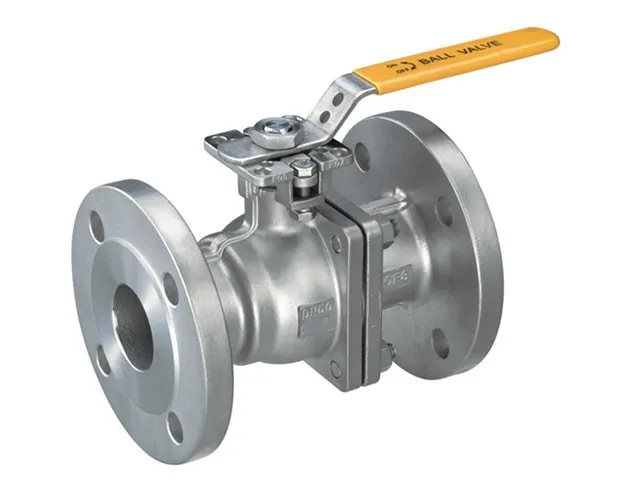Hydraulic Pressure Control Valve Types | Comprehensive Guide
Understanding Hydraulic Pressure Control Valve Types
Hydraulic systems play a pivotal role in various industries, ranging from manufacturing to construction, due to their efficiency in transferring power and controlling forces. Central to the functionality of these systems is the hydraulic pressure control valve, which regulates fluid flow and pressure to ensure optimal operation of hydraulic machinery. There are several types of hydraulic pressure control valves, each serving specific functions and applications.
1. Pressure Relief Valves
Pressure relief valves are critical for safeguarding hydraulic systems against excessive pressure that can lead to component failure or catastrophic incidents. These valves operate by diverting fluid away from the system when the pressure reaches a pre-set threshold. They can be designed for direct-acting or pilot-operated functions, with direct-acting valves being used for lower flow rates, while pilot-operated valves handle larger flows more efficiently. These relief valves are essential in ensuring safety and reliability in hydraulics.
2. Pressure Reducing Valves
Pressure reducing valves are employed to maintain a consistent output pressure, regardless of fluctuations in the input pressure. By doing so, they ensure that downstream components receive the required pressure for optimal operation. These valves are particularly useful in applications where varying supply pressures could impact performance, such as in hydraulic circuits powering multiple actuators. The ability to stabilize pressure enhances the longevity and efficiency of hydraulic equipment.
hydraulic pressure control valve types

Sequence valves are instrumental in controlling the operation sequence of hydraulic actuators. They ensure that one actuator operates before another by maintaining a specific pressure in the system before allowing flow to the subsequent actuator. This feature is particularly beneficial in complex systems where process timing is critical. Sequence valves can be used in various applications, such as in construction machinery where specific actions must occur in a predetermined order.
4. Locking Valves
Locking valves are designed to hold hydraulic pressure in the system, preventing flow and maintaining the position of actuators when power is lost or during maintenance. This feature is vital in lifting applications where safety is paramount. Locking valves can effectively prevent accidental movement and ensure that heavy loads remain in place, thus protecting both personnel and equipment.
5. Counterbalance Valves
Counterbalance valves maintain load stability during lowering and are essential in hydraulic circuits where loads can potentially cause uncontrolled descent. These valves counteract the weight of the load by providing sufficient resistance against it, ensuring smooth and controlled movement. They are commonly used in cranes and other lifting equipment.
Conclusion
The myriad types of hydraulic pressure control valves are fundamental to the effective operation of hydraulic systems. Each type serves a unique purpose, contributing to the overall performance, safety, and efficiency of hydraulic machinery. Understanding the various valve types, including pressure relief, pressure reducing, sequence, locking, and counterbalance valves, is crucial for professionals working in industries reliant on hydraulics. By selecting the appropriate valve for a specific application, one can ensure the system operates smoothly, efficiently, and safely, thereby maximizing productivity and minimizing risks.
-
Breakthrough in Domestic Low Temperature Valve Technology in ChinaNewsAug.18,2025
-
From Machinery to Intelligent Brain: The Digital Transformation Wave of the Valve IndustryNewsAug.18,2025
-
PCVEXPO 2025NewsAug.18,2025
-
The Key to Fluid Control: Exploring the Advantages of Ball Valves in Industrial SystemsNewsJul.09,2025
-
The Versatile World of 1, 2, and 3 Piece Ball ValvesNewsJul.09,2025
-
Stainless Steel Ball Valves: The Ideal Choice for Efficient Flow ControlNewsJul.09,2025
-
Optimizing Fluid Control with Ball Float ValvesNewsJul.09,2025




